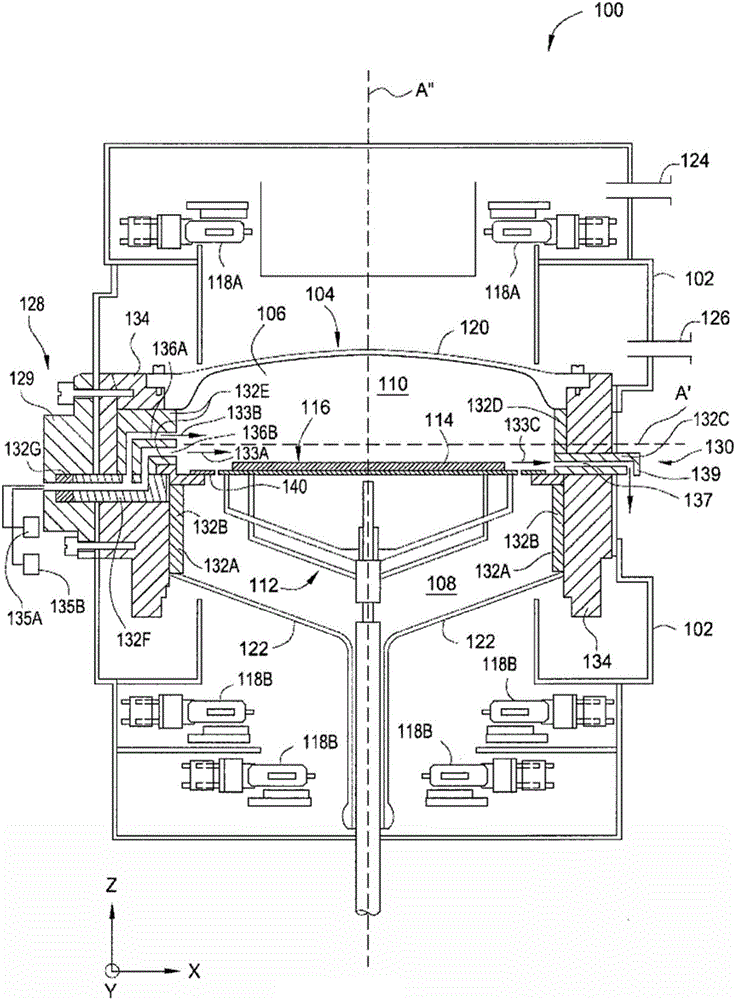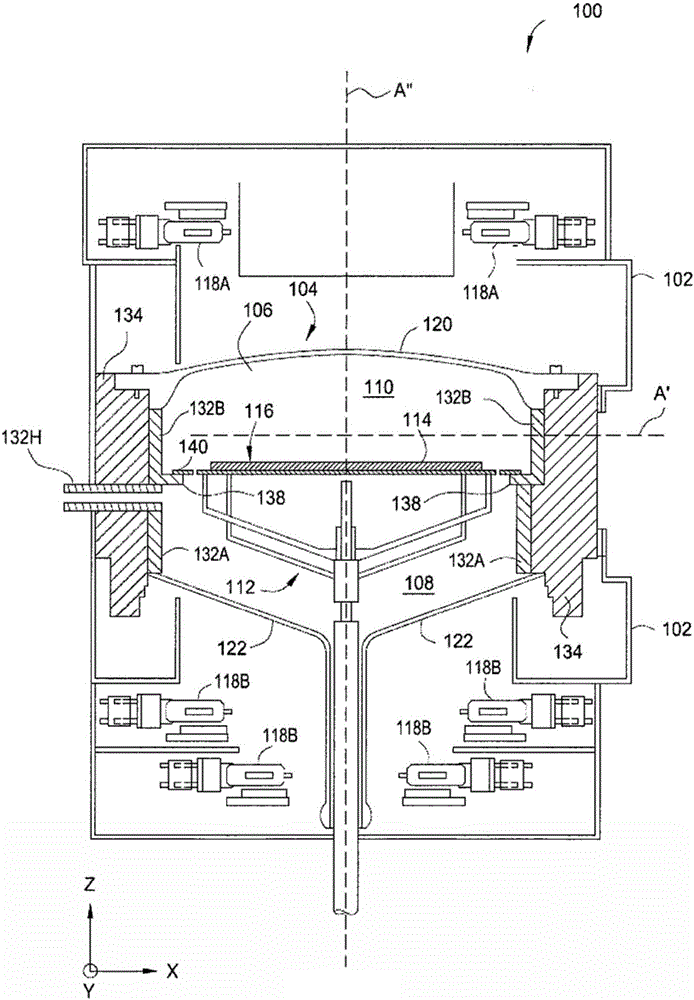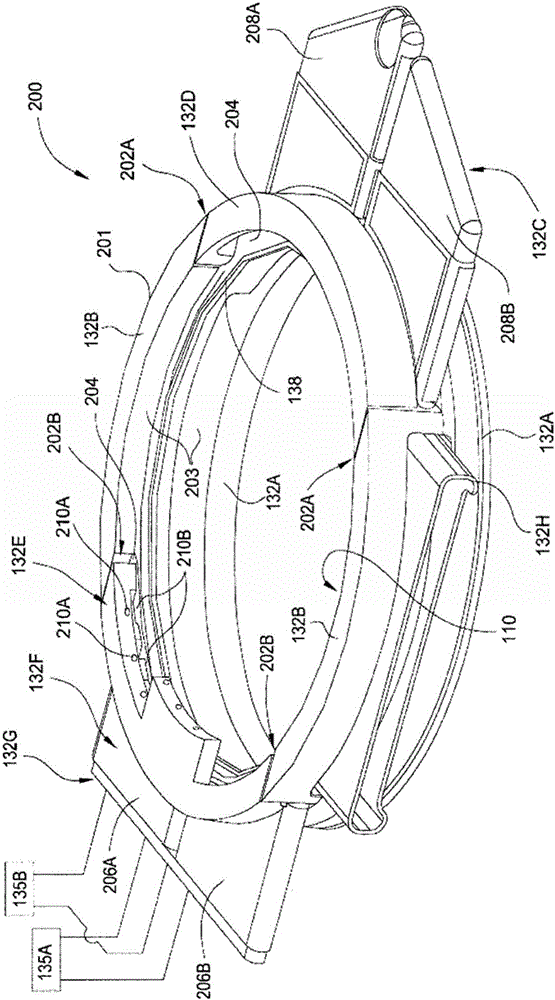Method of enhancing dopant incorporation in epitaxial film using halogen molecules as reactant in depostion
A technology of dopants and halogen atoms, which is applied in the fields of electrical components, semiconductor/solid-state device manufacturing, circuits, etc., and can solve problems such as time-consuming, complicated, and affecting throughput and productivity
- Summary
- Abstract
- Description
- Claims
- Application Information
AI Technical Summary
Problems solved by technology
Method used
Image
Examples
example 7
[0057] Example 7 shows another example in which the flow rates of phosphine and chlorine are increased compared to Example 1, and the pH 3 From 5.1sccm to 15sccm and chlorine gas from 0sccm to 150sccm. It can be seen that the resulting phosphorus-doped silicon epitaxial layer has a tensile strain significantly increased from 0.03% to 0.70%. At the same time, the resulting layer had a resistivity of about 0.3 mΩ-cm, compared to 0.838 mΩ-cm for the layer in Example 1. layer thickness from increased to This again confirms that chlorine does not affect the overall film growth rate, but rather enhances the epitaxial layer with higher tensile strain and lower resistivity.
[0058] It should be noted that the examples given in Table 1 are based on a chamber pressure of 40 Torr, although higher flow rates of the phosphorus source gas may improve the tensile strain and resistivity of the deposited epitaxial layer. The high flow of phosphorus source gas provided during low pressur...
PUM
 Login to View More
Login to View More Abstract
Description
Claims
Application Information
 Login to View More
Login to View More - R&D
- Intellectual Property
- Life Sciences
- Materials
- Tech Scout
- Unparalleled Data Quality
- Higher Quality Content
- 60% Fewer Hallucinations
Browse by: Latest US Patents, China's latest patents, Technical Efficacy Thesaurus, Application Domain, Technology Topic, Popular Technical Reports.
© 2025 PatSnap. All rights reserved.Legal|Privacy policy|Modern Slavery Act Transparency Statement|Sitemap|About US| Contact US: help@patsnap.com



